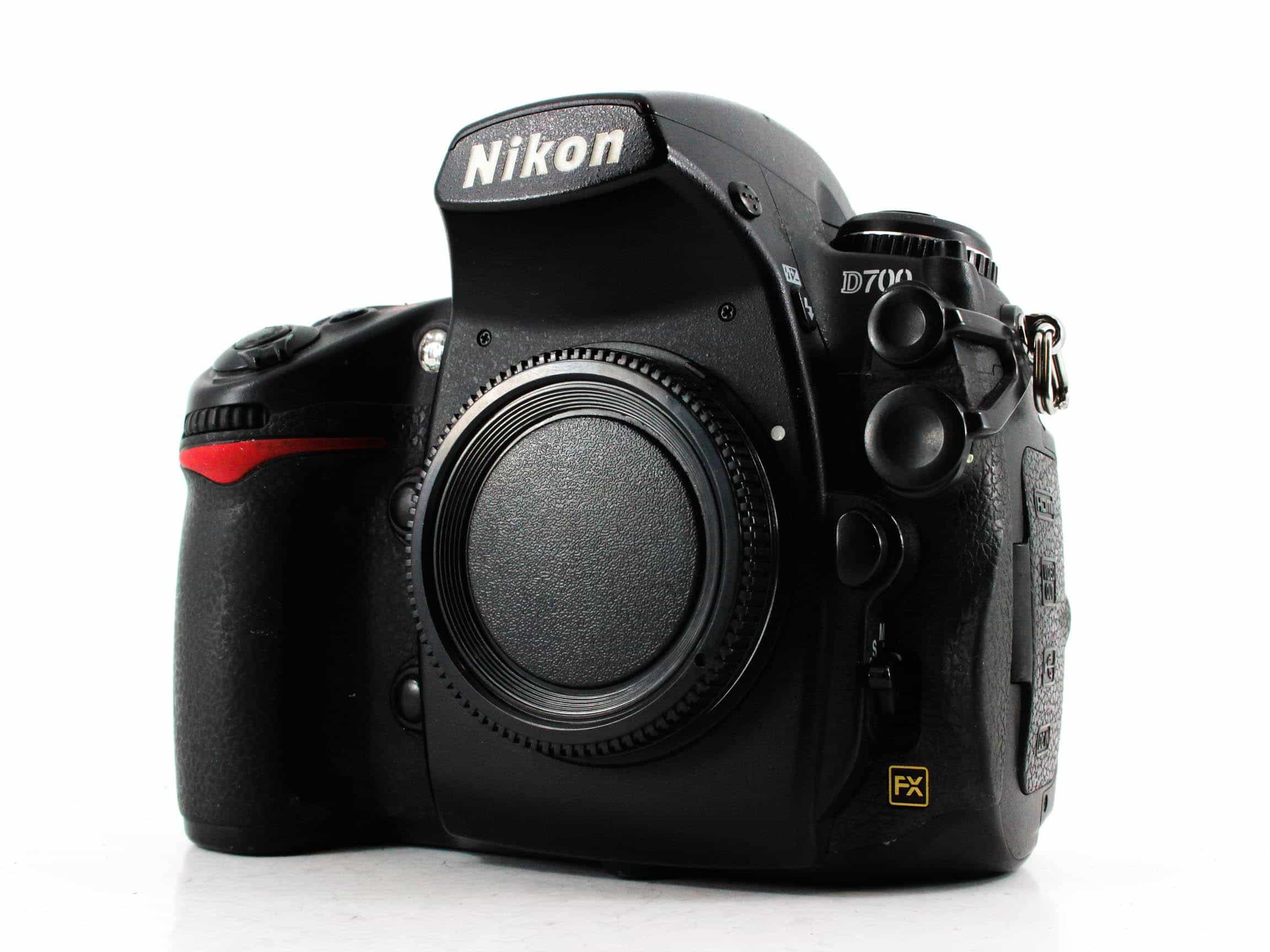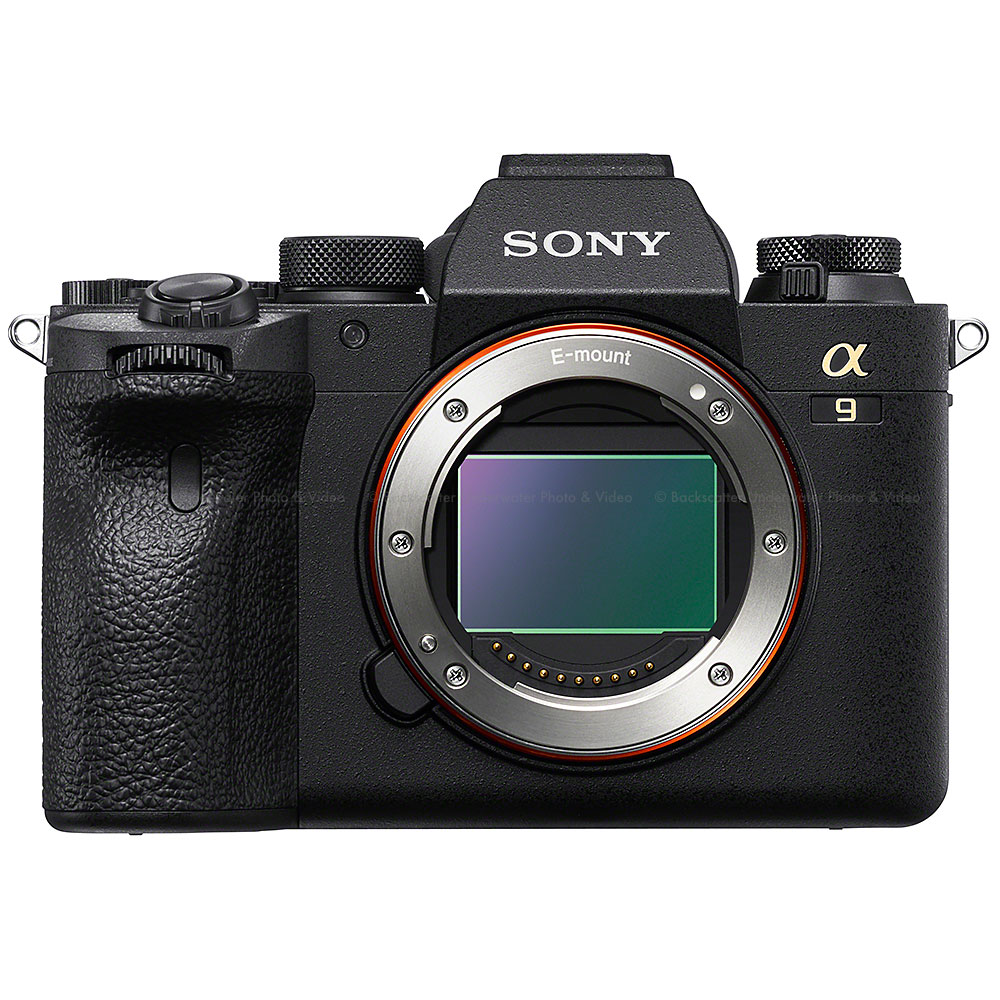

Even without the grip, the D850 has an amazing battery life of 1840 shots – far more than any mirrorless rivals – and it comes with two memory card slots one for CFexpress and one for regular SD/SDHC/SDXC. The D850's 45.7-megapixel sensor produces quite superb image quality, yet it can still maintain a shooting speed of 7 frames per second, or 9 frames per second with the optional battery grip. Being a DSLR, the D850 has a bright, clear optical viewfinder that many photographers still prefer over a digital display, no matter how good.
#FULL FRAME CAMERAS PRO#
The Nikon D850 is a big bruiser of a camera compared to the new Nikon Z models, but this is one of our favorite DSLRs of all time, and this size works in your favour if you're shooting with big, heavy lenses – and most pro lenses are big and heavy! This is a handling factor that many mirrorless users don't always take into account. Mirrorless camera fans will often complain about the size and weight of DSLRs, and they have a point.
#FULL FRAME CAMERAS FULL#
The EOS RP has an old-ish 26MP sensor and no in-body stabilization, but for beginners or full frame first timers it's still a great camera – especially at today's knock-down prices! On the upside, the vari-angle touchscreen display is a real advantage for both stills and video, and the inclusion of an EF lens adaptor means you can use existing Canon DSLR lenses alongside the new but growing RF lens system. We think its small dimensions mean it can sometimes feel overbalanced by larger lenses, though, and the 4K video mode comes with some caveats – the image frame is cropped by a factor of 1.6 and you can't use Canon's speedy Dual Pixel CMOS AF system unless you drop the resolution to full HD.

It's designed to be a compact, affordable and easy to use entry point into Canon's full frame mirrorless system, and it succeeds brilliantly.

When we reviewed the EOS RP, it was Canon's second full frame mirrorless camera, and it's smaller, lighter and a lot cheaper than all of the others. We found the 4K video is a little restrictive with a 1.7x crop, while the burst shooting speed is a modest 4.5fps, but the Z5 is better than budget rivals like the Canon EOS RP and Sony Alpha A7 II, and steady price drops have made it a really attractive buy, even up against cheaper APS-C models like the Z50 (opens in new tab) and Z fc (opens in new tab).

The resolution might be the same, but the Z6 benefits from a back-illuminated chip and images from the two are very similar, with the Z6 having the edge at higher ISOs. The Z5 also borrows much of the tech inside the Z6, with the most noticeable difference being the sensor. The most noticeable thing on the body that differs from the Z6 is the arrival of a more beginner-orientated mode dial in place of the LCD top-plate display, but we don't mind this as it suits the user this camera is aimed at. Rather than starting with a clean sheet of paper, Nikon's pretty much used the same design for the Z5 as it did for the original Z6 (and Z7 for that matter). The Z5 is Nikon's entry-level full-frame mirrorless camera and even though the specs are quite modest, we think it's a terrific camera for the money. If price is your biggest decider, you might also want to check out our guide to the cheapest full frame cameras (opens in new tab) right now. With this in mind, we start out with more affordable options for enthusiasts and work up to the more advanced and more expensive dream cameras that we secretly all want. So this brings us to the third factor: how much you want to spend. See our guides to the best cameras for sports (opens in new tab) and the highest resolution cameras (opens in new tab), for example. There are some great all-rounders that can do a bit of everything, but if you have a particular speciality you need a camera designed for the job. The other decision is what you want your camera for. Each one has its own lens mount and its own lenses, though third party makers like Sigma, Tamron, Samyang and Laowa makes lenses in many different mounts. Canon, Nikon, Sony and Panasonic all make full frame mirrorless cameras.


 0 kommentar(er)
0 kommentar(er)
